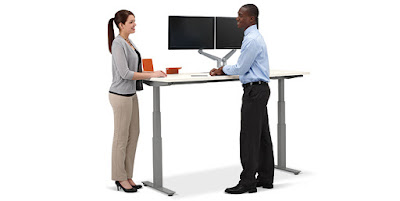How To Create A Collaborative Workspace In Your Office

Collaborative workspaces are known for positively influencing innovation, productivity and creativity, making communication easier and more effective. Creating a workspace like this means bringing two elements together, namely a culture of collaboration and the physical office environment that supports this. Here’s how the right modern office design and contemporary furniture can help you achieve this. Flexibility: Collaborative office environments have a workspace that incorporates a wide range of features that encourage employees to move around and work where it best suits them. This includes easily re-configurable desks or share work tables, private meeting rooms for client calls and stimulating areas for brainstorming sessions. Good lighting: Closed-in office spaces with harsh artificial lighting are the opposite of what collaborative spaces are all about. Think of ways to maximize natural light through the space with glass partitions, use color for creative stimulatio


